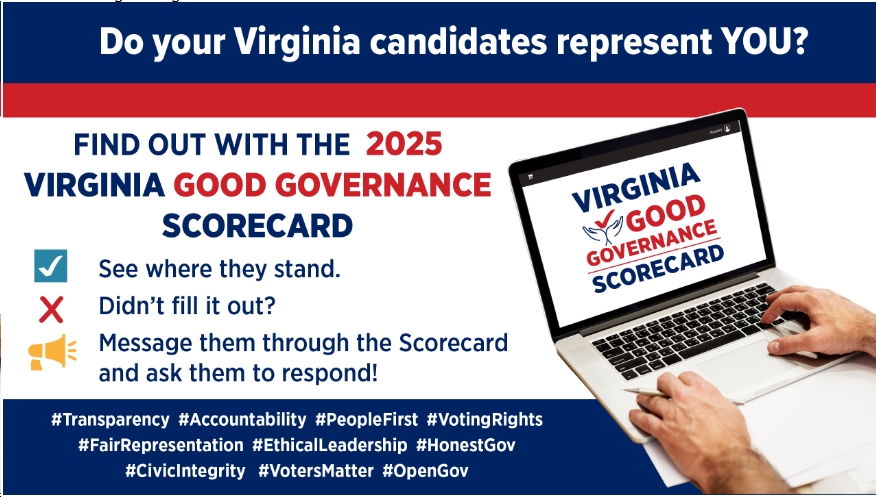 Check out this superb op-ed by Sen. Kaine, in which he makes a strong case: a) against the Keystone XL pipeline; b) for clean energy; and c) against dirty energy. Note that this op-ed first appeared in The Hill, and is reprinted here with the permission of Sen. Kaine’s office. Also note that a rapid clean energy transition strategy is in direct antithesis to one that favors offshore oil drilling, “fracking” in the GW National Forest, mountaintop removal coal mining, etc.
Check out this superb op-ed by Sen. Kaine, in which he makes a strong case: a) against the Keystone XL pipeline; b) for clean energy; and c) against dirty energy. Note that this op-ed first appeared in The Hill, and is reprinted here with the permission of Sen. Kaine’s office. Also note that a rapid clean energy transition strategy is in direct antithesis to one that favors offshore oil drilling, “fracking” in the GW National Forest, mountaintop removal coal mining, etc.
Sending right signal on renewable energy
Sen. Tim Kaine, The Hill Op-EdLeaders should always look for opportune moments to shift policy toward the long-term good. The Keystone XL oil pipeline is such a moment, and I oppose the project because I believe it sends an affirmative market signal to dirty energy at a time when our national interest lies with clean energy.
Keystone XL supporters have trumpeted a recent State Department projection that the 830,000 barrels per day from the Alberta tar sands would find their way to market one way or another – if not by pipeline then by rail – and, therefore, the climate impacts would be similar either way. Pipeline supporters have also suggested opponents have irrationally fixated on a tiny piece of a global energy puzzle.
I want to focus on these two particular claims – that our need for dirty energy is inevitable and that this project has garnered public interest disproportionate to its climate change significance.
In reality, we’ve seen extraordinary steps forward in clean alternatives. Renewables are the fastest growing source in the global energy sector, according to a 2013 report by the Energy Information Administration. Wind alone accounted for 43 percent of new U.S. electric capacity in 2012 (and 35 percent since 2007), according to the Department of Energy, which makes it the fastest growing source of power in the United States, even above natural gas.
The Department of the Interior met its goal of issuing permits for 10 new gigawatts of renewable energy on public lands by 2013, and has already set a new goal of another 10 gigawatts by 2020 – cumulatively enough to power more than 6 million homes.
Vehicle fuel economy standards developed by industry and the Obama administration stand to save some 12 billion barrels of oil and reduce CO2 emissions by 6 billion metric tons – about what the entire country emits in a year – while jumpstarting the auto manufacturing sector. Our boom in natural-gas production has led to significant improvements in the cleanliness of U.S. power production.
My home state of Virginia will host some of the nation’s first offshore wind turbines in its coastal waters, and it is home to cutting-edge research in areas like clean coal, advanced nuclear and next-generation biofuels. Our defense sector is also pitching in to help power the Department of Defense – the largest nonstate energy user in the world – with cleaner energy and at greater efficiency.
There’s still a long way to go, and we won’t be off fossil fuels any time soon. The point is, clean energy and emissions reduction efforts aren’t moribund – they’re actively moving forward. Why would we choose to backslide right now by helping dirty energy gain a foothold?
On the argument that Keystone has been blown out of proportion, it’s true that no single emissions source will make or break the climate. But I don’t buy the claim that we might as well enjoy the upsides of dirty energy because we’re doomed to an expansion of it either way. It’s a nihilistic argument and one that some proponents have considerable interest in making self-fulfilling.
It’s also not true. Thanks to soaring energy efficiency, expansion of renewables and game-changing advances in natural-gas production, we’re starting to bend the nation’s CO2 emissions curve. If we play our cards right, we could actually come close to meeting the national goal of reducing our emissions 17 percent below 2005 levels by 2020, even without an international treaty or major legislation from Congress.
Approving Keystone XL would smooth the road for oil that is not only dirty, but 15-20 percent dirtier than conventional oil. We will still need fossil fuels for some time, but we should be sending a signal to the market that it will be progressively easier to get cleaner, and harder to get dirtier. Moreover, we should at least tap conventional fossil fuel sources, not sources that are dirtier than average, and we should require significant investment in offsetting measures, such as diverting portions of revenue into renewables or open space preservation.
The veneer of inevitability about tar sands is based on economic and technology forecasts that are just that – forecasts. How many forecasts only a few years ago were projecting that the U.S. would need to import natural gas?
I have faith in American technology innovators to set and meet lofty goals. We are now making real progress toward the goal of getting cleaner tomorrow than today, and while the process will take many steps, the first step should be saying “no” to projects that move us in the wrong direction, like Keystone XL.

 Sign up for the Blue Virginia breaking news newsletter
Sign up for the Blue Virginia breaking news newsletter









